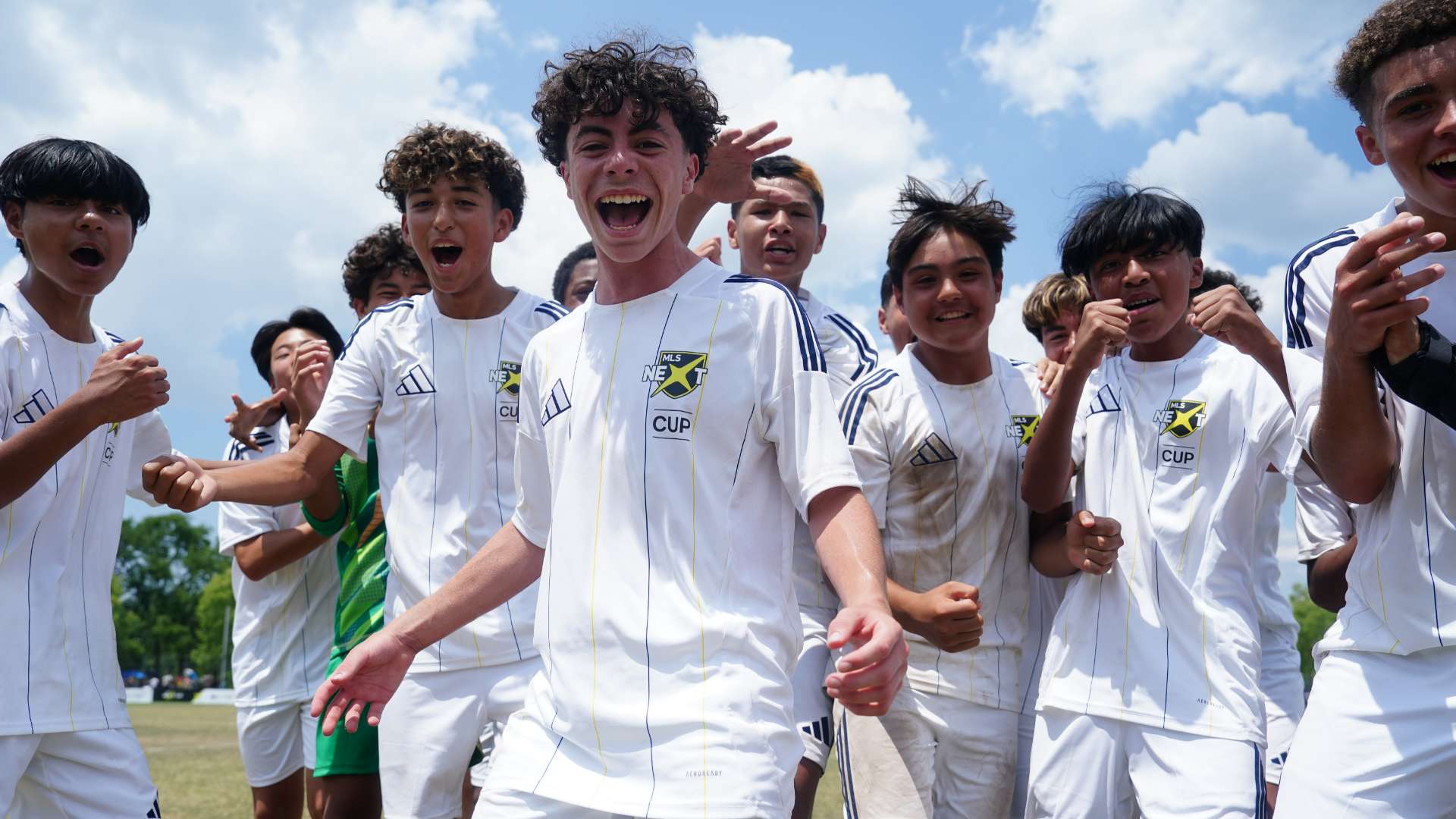In Germany, they don't even use goalies. Go to a youth game for an elite academy - Bayern Munich, Borussia Dortmund, Bayer Leverkusen - and you will see U13s and U14s running around, keeping the ball, and passing into empty nets.
In England, they don't even use a conventional pitch at all. Watch Liverpool, Manchester City, Chelsea, and you will find early teens gaining "points" by successfully completing passes from one box to another. In Belgium, there are fewer players on the pitch.
These are tweaks to traditional soccer, ways of innovating to adjust the youth game, and taking advantage of the footballing brain when it is at its most malleable. In short, youth soccer is changing. The idea of 11v11 is dying, especially at younger ages. The focus, now, is on finding the spaces in between, maximizing talent, and developing creative advantages wherever you can.
READ MORE: What is Taka? Explaining MLS NEXT's state-of-the-art "quality of play" technology
The United States is aware of this. And MLS is working on a solution. Their approach seems radical. Working with a stats-based platform, they have eliminated wins, losses, and draws. Scores, at least in the traditional sense, are irrelevant. Standings aren't based on scorelines or traditional results.
Instead, the league has partnered with Taka, a highlights and analysis platform that judges "quality of play" to determine a winner in any given contest. And while it represents a significant shift from traditional values of "winning" a football match, stakeholders insist that it's the perfect way for the U.S. to develop its next generation of talent.
"What we've identified is: let's give them the entire season to develop," Luis Robles, MLS Next technical director, told GOAL. "So don't worry about the wins and the losses. Don't worry about the standings. Figure out as a coach, how do you want your team to play?"
